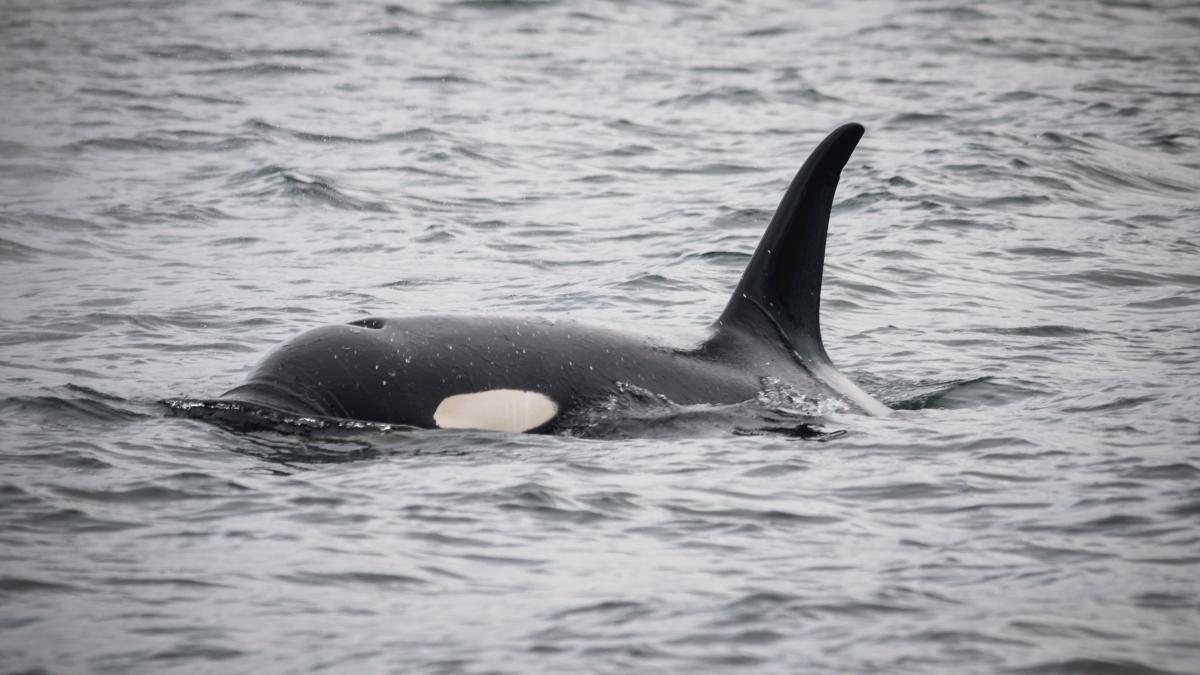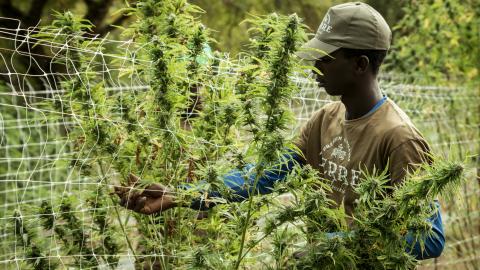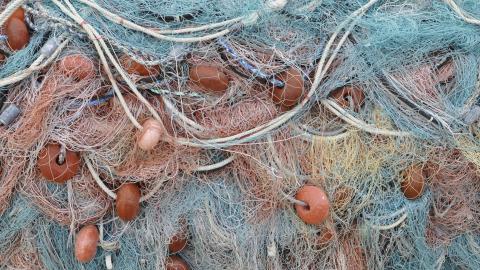
August 23, 2021
For my thesis project I am looking at whether there is a significant exposure to ozone coming from the water treatment system at SR3 (Sealife Response, Rehab, and Research). SR3 is a marine mammal hospital in Des Moines, WA and is the first marine mammal hospital in the Pacific Northwest.
Before moving to Seattle for grad school, I volunteered at a marine mammal hospital in California for years and loved it. When I mentioned my experience with marine mammals to Peter [Rabinowitz, NWCOHS Occupational Health at the Human Animal Interface Program Director], he immediately connected me with SR3. I genuinely had no idea I could possibly bridge my interests and experience with working with marine mammals to the field of industrial hygiene so that has been extremely exciting for me.
Ozone is a natural part of our atmosphere when it is high up, but ground level ozone is a respiratory irritant. Ground level ozone is a common component of air pollution, created by a chemical reaction involving pollutants from anthropogenic sources such as car exhaust and UV light from the sun. Ozone can also be used to treat water because it effectively destroys all types of pathogens. SR3 uses a water ozonation system to treat the pool water that flows through the animal’s enclosures.
For my project I want to understand whether the water ozonation system at SR3 is giving an added dose of ozone to workers and volunteers onsite. SR3 is a mostly outdoor facility, so I also want to determine whether this extra amount of ozone, when combined with the outside ambient ground level ozone, exceeds permissible exposure limits set by OSHA and the EPA.
My thesis research questions:
- Will the water ozonation system off-gas or leak ozone into the surrounding, heavily trafficked, workplace area?
- How will environmental conditions such as wind speed and direction, temperature, and humidity affect ground level ozone levels at SR3?
- Will ozone levels at SR3 reach or exceed permissible exposure limits set by OSHA and the EPA due to added ozone from the water treatment system?
Currently we are in the initial stages of my project, but we have identified that there is ozone off-gassing from the system. Next, we will monitor the site with a direct reading device and a weather station. I am conducting all of the data collection, analysis, and writing of the thesis with the help of my advisors, Peter Rabinowitz and Chris Simpson and also in collaboration with Casey McLean and Greg Frankfurter at SR3.
Getting to work on an interdisciplinary team with the SR3 vet staff and my advisors has been a wonderful experience. I am looking forward to continuing to advocate for safe and healthy workplaces for workers at the human-animal interface in my future career. Another major plus of getting to do my thesis at a marine mammal hospital is getting to see baby harbor seals as well as all of the amazing work that everyone there does to help these animals!
Cover photo credit: Steve Halama on Unsplash




